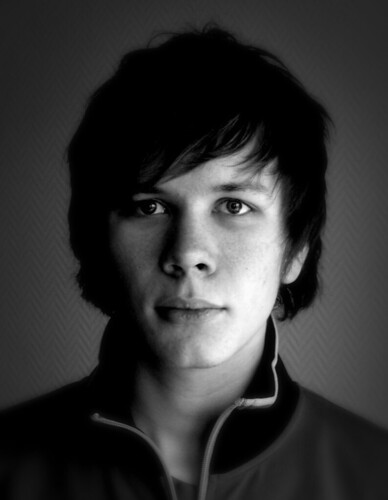Saturday, 24 March 2007
Anamorphic, how hard can it be?
Personal blog graphpaper.com discusses why people keep stretching 4:3 images on widescreen TV's, when it obviously looks wrong. And rightfully so. How can people not notice the obvious, that people grow fat and images look plain ugly? My eyes really hurt whenever I see this, I'll either have to look away, or try to switch it over somehow.
Christopher Fahey suggests that there is something wrong with the eyes and brains of these people. He might be right, but you'll also have to add the fact that a lot of people probably don't even know that they can switch. And if they at all notice that something is wrong, they probably think it's an error made by the broadcaster or the manufacturer. I've also heard people argue that the image gets too small if they view it "correctly". I guess they want to squeeze as much size out of their TV as they can get. Bigger is better, right?
But the biggest issue to me isn't what people do to screw up their own viewing experience. What really ticks me off is the fact that major broadcasters don't seem to be able to tell the difference. We're talking professional producers of television here. Being a photographer, I often deliver images for broadcasting, and have been frustrated to see my images turn out totally f-ed. Both anamorphic (16:9) images stretched to fill a 4:3 broadcast, and 4:3 images stretched to fill an anamorphic broadcast.
So, my 5 cents. People may commit all kinds of perversities in the comfort of their own homes, I don't really care, just pity them. But for the love of whoever is up there, please put some competent people in charge of producing television. If you can't tell the difference between 4:3 and 16:9, you really should consider doing something else with your life.
Subscribe to:
Post Comments (Atom)





No comments:
Post a Comment